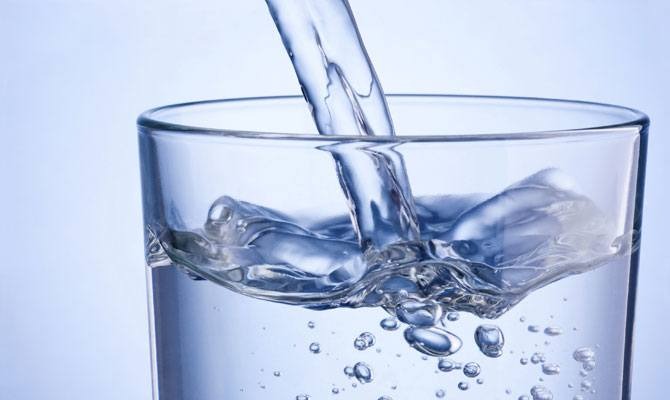All About Water
This is one in a series of stories; visit The Daily Meal Special Report: Water for more.
What Is Water? It's common knowledge that the atomic structure of water is H2O: two hydrogen atoms and one oxygen atom. The atoms make a V-shaped polar molecule; the hydrogen atoms are negatively charged and the oxygen atom is positively charged. Because of this, water molecules are naturally attracted to and stick to each other. Water is the only substance on earth that naturally occurs in three different forms: liquid, gas (vapor), and solid (ice).
What Is the Difference Between Saltwater and Freshwater? The mere presence of salt in water doesn't make it saltwater. In fact, absolutely pure, fresh water, without any salt content at all, is very rare. Most water contains some salt; it is the degree of salinity, or the density of salt present, that defines saltwater. Saltwater also contains many trace elements.
Where Do We Find Water? Water covers 70 percent of the earth's surface. Of all that water, only about 2.5 percent is considered fresh, drinkable water. The other 97.5 percent is saltwater, and thus of no direct use in sustaining roughly 7 billion human lives. The freshwater on our planet is 68.7 percent polar ice, 30.1 percent groundwater, and only 1.2 percent rivers, lakes, swamps, and other bodies of non-saltwater.
What Do We Use Water For? Besides the obvious — drinking, cleaning, cooking, and so on — water is used in almost every industry. For example, it takes 39,090 gallons of water to produce just one new car. Raising livestock uses 2,140 million gallons per day in the United States alone, and crop irrigation systems in this country use 128,000 million gallons per day.
Why Do We Need Water to Survive? A person can live for over a month without food, but, according to Rosemary Gudelj, senior manager of public affairs at water.org, "the strongest and healthiest among [us] could not live a week without [water]." That's because our bodies are made up of 70 percent water and need consistent rehydration. Almost 80 percent of our brains, 83 percent of our blood, and 90 percent of our lungs is water. Not only that, but water transports our body wastes, lubricates our joints, stabilizes our body temperatures, and aids in our digestion. Just like the world, our bodies need water to function properly.
How Can Water Be Unsafe? If it isn't kept clean, water can be a breeding ground for a host of dangerous bacteria. The majority of illnesses caused by water are due to fecal matter. Diarrhea is a common water-related illness. It kills daily, mostly in developing countries without access to clean water, and mostly children under the age of five. Water can also be contaminated from agricultural runoff, which occurs because of the poorly regulated use of pesticides and fertilizers and as a result of livestock operations that practice overgrazing and unorganized feeding operations. Tepid, standing water is also dangerous: it attracts mosquitoes, and these insects can carry deadly diseases, such as malaria.
What Is Water Conservancy and Why Do We Need It? Water conservancy is basically what it sounds like: the effort to conserve our freshwater resources. It happens at both the personal level, when people make efforts to cut down on their own water use, and at the political level, when governments set up laws for public use of water, such as water rationing and plumbing requirements. With more and more people experiencing water insecurity, water conservation is becoming extremely important. Both our bodies and our societies depend on water to sustain themselves.
